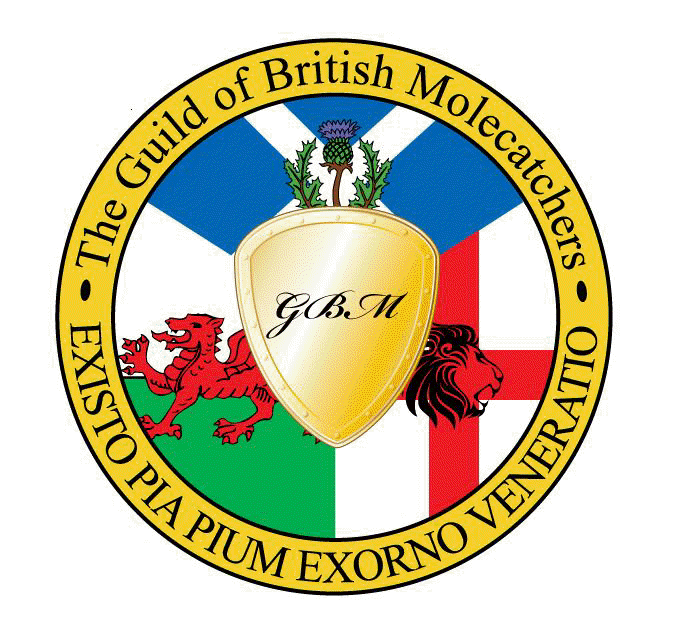Talking to Grant Burgess at the DOVE Marine Lab today about the defensive slime that bacteria produce, in order to keep from being decimated (by enemies, by antibiotics) reminded me of Alfonso Lingis’ description of the body as bodies, systems inside of systems, from his book “Dangerous Emotions”:
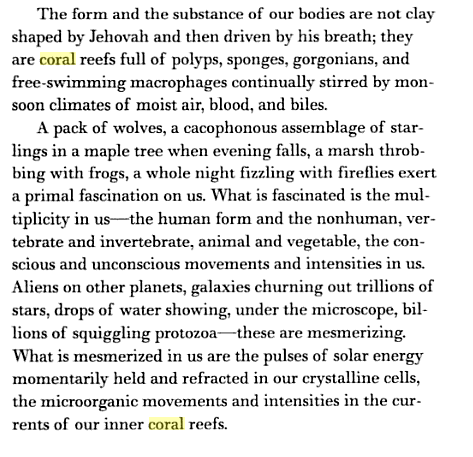
Kittiwakes in the nature/culture wars
This from the BBC/Tyne online
“The Kittiwake, a small seagull, could be driven off its nesting sites on the Tyne Bridge by Newcastle City Council.
The birds are at sea feeding on fish offal discarded by trawlers and when they return in the spring to nest they may find that the City Council has netted off their nesting sites on the Tyne bridge.They used to nest in the Baltic Flour Mills but have been driven off by the cultural aspirations of Gateshead. Gateshead Council provided a nesting tower but this has been moved down river.
The renovation of the Baltic Flour Mill on the Gateshead side of the Tyne took away access to a Kittiwake breeding site on Tyneside.
Now, in response to complaints from local residents about the mess and noise from Kittiwakes, Newcastle City Council is considering netting the Tyne Bridge to prevent nesting.. IIt is clear that the Bridge has become an important breeding site for these birds. Whilst there are of course much larger breeding colonies in the UK, the Tyne Bridge is the furthest inland breeding site for Kittiwakes in the world.


Cutifying cancer
The Newcastle Metro is plastered with appeals for oesophagal cancer using the ‘cute’ animal logo of the “oesophogoose:”
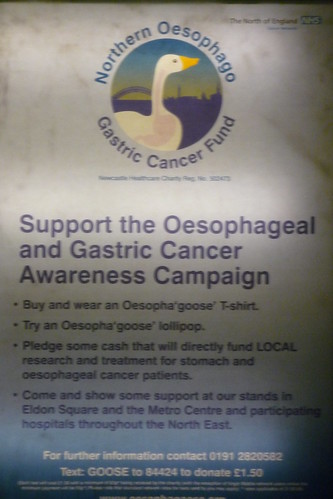
Dead Moles in little dresses
- Artwork at Allenheads, “Exploring Nostalgia,” photo by Sharon Bailey
Crazy… Moles are traditionally nailed to fences – it’s a way of counting coupe so the molecatcher gets paid. More on this after I visit Allenheads Contemporary Arts (ACA), an arts centre in the moors of rural Northumberland.
Just for context, I looked into molecatchers and found this gent “Jeff Nicholls the GRASS SHARK HUNTER. ” Of course he’s in the Guild of British Molecatchers:
He’s written some eponymous books that have met with rave reviews — “Anyone who suffers from moles will find Jeff Nicholl’s Molecatcher a long awaited lifeline.”
But I haven’t found too many technical pics on his web site, except this one, tugs at the heart strings (especially after petting a very soft, dead mole at the taxidermy studio of Eric Morton):
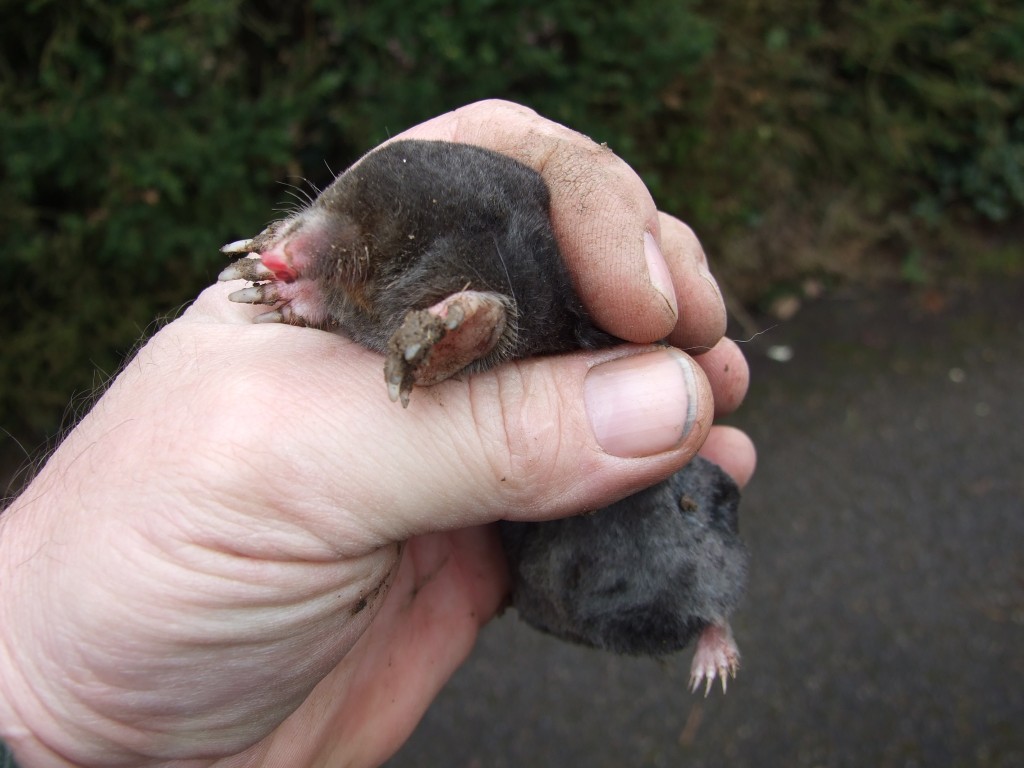
But this is what I was looking for:
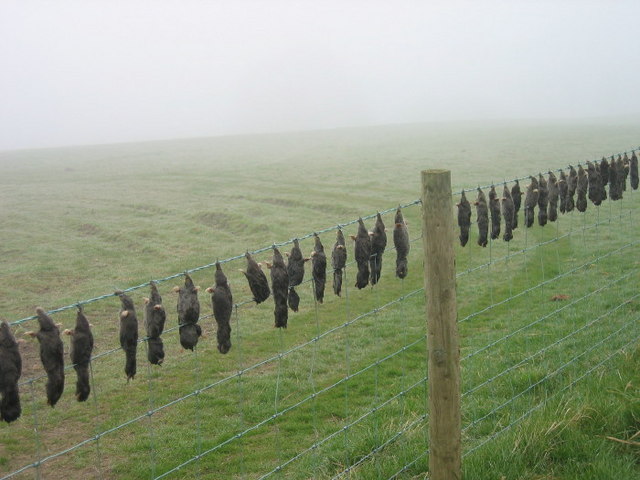
I’m of two minds about this – it’s traditional warfare between cultivator and cultivator; and it saddens me, to see them hung by their nosies.
The Natural History Society of Northumbria
Seeing Thomas Bewick preparatory drawings in the flesh at the archive today, with archivist June Holmes. Yes, I don’t get out enough and don those WHITE GLOVES.
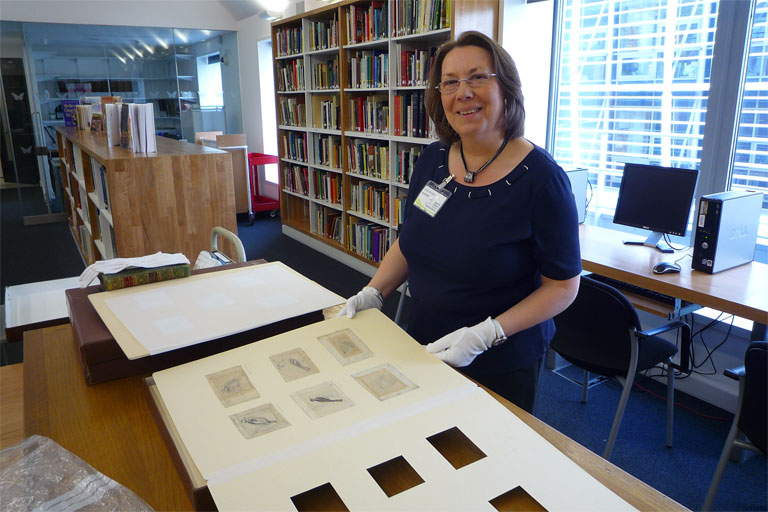
It was a thrill. Bewick’s work is astonishing – firstly, because of the level of detail at such a tiny scale, but also because he worked varying degrees of the detail into the drawings, which he transferred onto the blocks, and then did an enormous amount of the detail work on the block itself (in negative — did he see the world in reversed lines as well?). June Holmes said the animals he knew well just didn;t require that much preparation… roosters, dogs, local common birds, foxes…
Here is an engraving that never got published.It is one of his allegorical/anecdotal “tail-pieces” – the original is about 3″ wide, max:
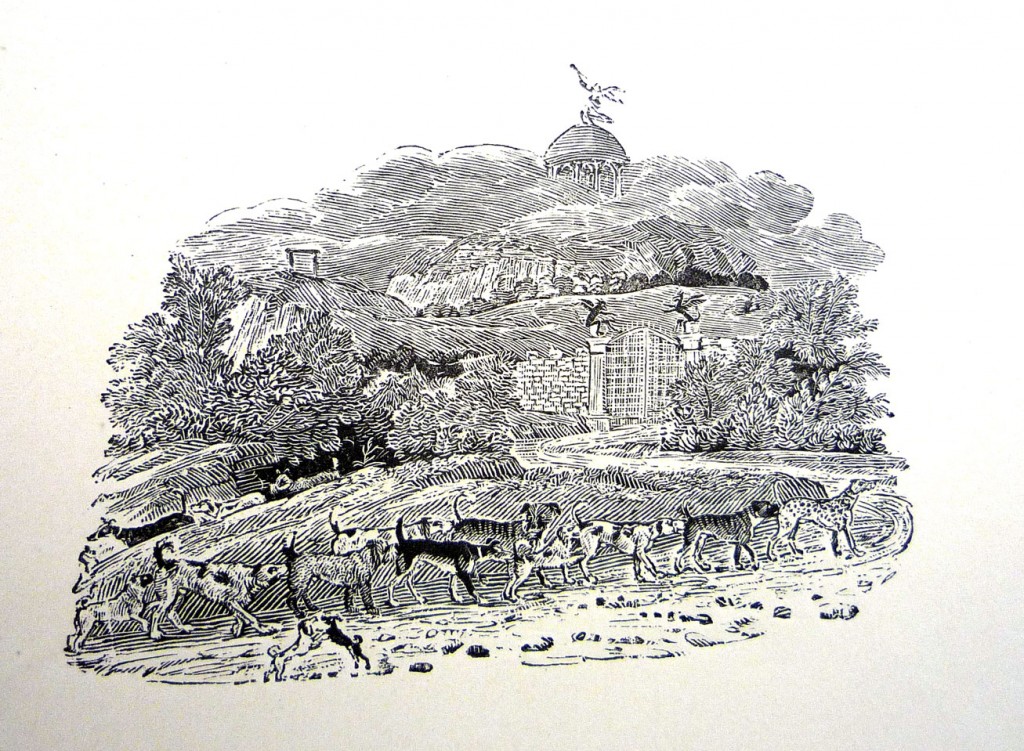
The Bewick Society has a lot of vignettes online – these were used as filler at the bottom of pages, but are far more than tailpieces- Bewick called them his tale-pieces, and they are worlds of their own, highly detailed miniatures that construct a natural history of everyday life, often with a memento mori quality. I’d always thought of his use of inscribed text upon the rocks as a way to illuminate the fact that the landscape itself is a kind of text, but apparently, he thought the landscape could become a site of morality, and he fancied to make it carry the word of God, so to speak (I think I’ll continue to believe in the “natural” texts of distinguished, dramatic landmarks, many of which have nicknames as wayfinding markers – synesthetic mnemonics in which being, place, and folkloric inscription tangle up to make geography).


I am Starry eyed for taxidermists
… made explicitly poetic by two visits I had in the last week with taxidermy artists.
First was Emily Mayer, an amazing animal artist in Norwich. She lives + works in an old workhouse infirmary, and makes exquisite sculptures – some taxidermy, some found materials like scrap metal and plastic bits and downed wood (see the recent exhibit at Campden Gallery here). She’s also taxidermist to the (art) stars.
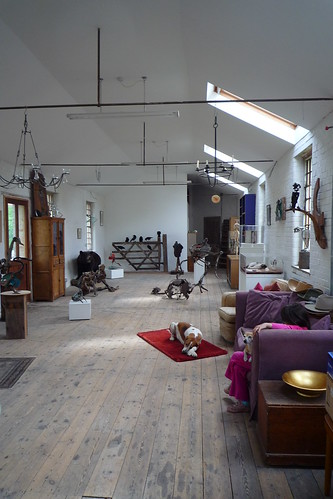

Second was my morning visit to the temporary workspace of Eric Morton, taxidermist for the Great North Museum (née Hancock Museum) here in Newcastle on Tyne. When I spoke to him on the phone he said he was in the process of moving his workspace and there wasn’t much around. Right. He’s genius. I asked him if he has animals festooning his home, and he said “no! that’s like bringing work home. I collect clocks.” I can only imagine.
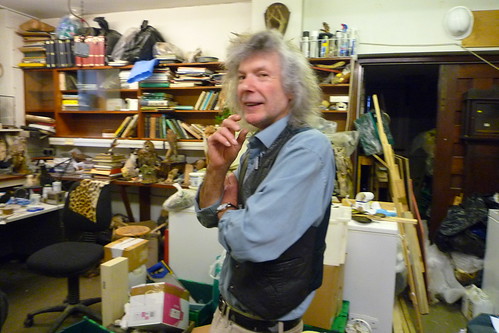
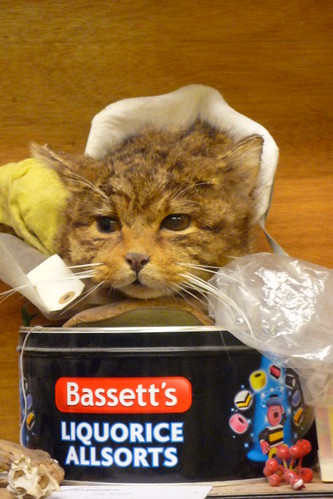
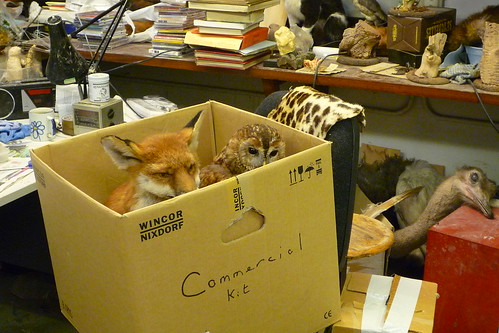
It is no mean thing to be able to pet animals– albeit dead ones — like owls, foxes, and moles.
More photos here chez my flickr zone.


